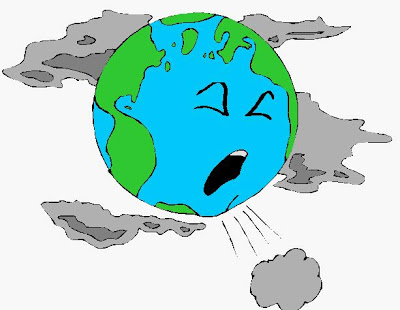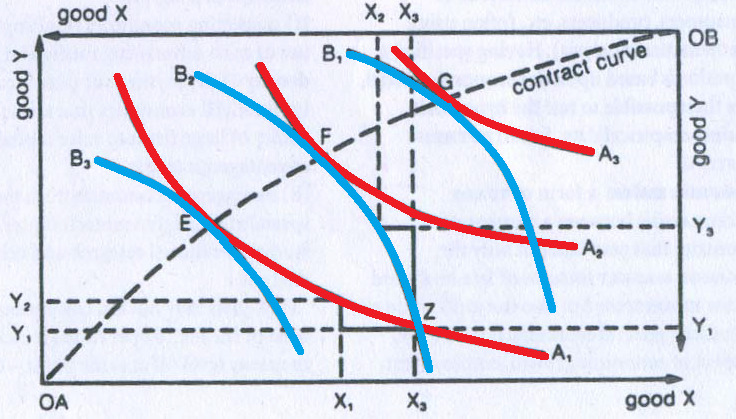Fons Trompenaars is the author who belongs to dutch he is one the author of cross cultural communications. Fons studied economics from free university of Amsterdam and he got hid PhD from Wharton school. Trompenaars and Charles hampden have developed a culture which have seven dimensions. Five of his dimensions covers the way in which people interact with each other. The seven dimensions of culture by Trompenaars are explained below. 1. Universalism (vs. Particularism) Universalism/particularism distinguishes societies based on the relative importance they place on rules and laws as opposed to personal relationships. The basic question is: “What is more important–rules or relationships?” Members of universalistic societies focus more on rules, codes, values and standards and believe that they take precedence over the needs and claims of friends and other personal relationships; believe that rules or laws can be applied to everyone and should be used to determine what isContinue reading
International Economics
Welfare Economics
“The greatest meliorator of the world is selfish, huckstering trade.” (R.W. Emerson, Work and Days) Welfare Economics is a normative branch of economics that is concerned with the way economic activity ought to be arranged so as to maximize economic welfare. The hallmark of welfare economics is that policies are assessed exclusively in terms of their effects on the well-being of individuals. Accordingly, whatever is relevant to individuals well-being is relevant under welfare economics, and whatever is unrelated to individuals well-being is excluded from consideration under welfare economics. Economists often use the term utility to refer to the well-being of an individual, and, when there is uncertainty about outcomes, economists use an ex ante measurement of well-being, so-called expected utility. Welfare economics employs value judgement s about what ought to be produced, how production should be organized, the way income and wealth ought to be distributed, both now andContinue reading
The Role of Government in Environmental Protection
The final controlling authority in most of the issues related to environment is the government itself. For example, most of the thermal power plants are owned by the government and also only the government can build dams, roads, railways, etc. Industrial or any other related activity cannot start without the approval of the government. Therefore, the government has to apply various checks and controls so that the environment is managed properly. How can the government establish incentives that would lead industries to choose the efficient amount of pollution control in their own best interest, even if they do not face all the social costs of residual emissions? 1. Direct Regulation Direct regulation of polluting activity (i.e., setting a legal limit for pollution) frequently comes to mind. The government could, for example, simply limit the industry’s pollution to R units by decree. Direct regulation of this sort was popular in theContinue reading
The Economists View of Environmental Pollution
Why do people use resources like the environment? This is because, pollution is a byproduct of activities that add to their welfare. These activities bring economic gain to producers and utility gain to consumers. We do not pollute the planet just for fun; we do it as part of activities that improve our welfare. The economists view of environmental pollution is that pollution creates another trade-off of cost and benefit that must be weighed on a case by case basis. Many of our streams and lakes have historically served as depositories of chemical waste generated by industrial plants and mines. Some are cleaner now, but many still suffer damage form earlier discharges of chemicals, like PCBs whose “half-lives” are measured in hundreds of years. Many pesticides, fertilizers, and detergents used by farms and homes find their way into our lakes and waterways, where they have damaged commercial and recreational fishing.Continue reading
Poverty Trap
Poverty trap is a situation where an unemployed person receiving social security benefits not encouraged to seek work because his or her after €tax earnings potential in work is less than the benefits currently obtained by not working. The poverty trap occurs due to benefits such as income support, housing benefit, single parent allowance and family tax credit. Given that social security benefits represent the ‘bottom line’ (that is, the provision of some socially and politically ‘acceptable’ minimum standard of living), the problem is how to reconcile this with the ‘work ethic’. For example, consider the case of a low-skilled person in the UK. He is unable to get a high-paid job because he doesn’t have the right skills, training or experience. He has two options. First one is to get a low-paid job or second option is to claim unemployment benefits. If he gets a low paid job heContinue reading
The Edgeworth Box
In 1881, Francis Y. Edgeworth came up with a way of representing, using the same axis, indifference curves and the corresponding contract curve in his book “Mathematical Psychics: an Essay on the Application of Mathematics to the Moral Sciences”. It was Vilfredo Pareto, in his book “Manual of Political Economy”, 1906, who developed Edgeworth’s ideas into a more understandable and simpler diagram, which today we call the Edgeworth box. Edgeworth box a conceptual device for analyzing possible trading relationships between two individuals or countries, using indifference curves. It is constructed by taking the indifference map of one individual (B) for two goods (X and Y) and inverting it to face the indifference map of second individual (A) for the same two goods. Thus, Edgeworth box is a traditional visualization of the benefits potentially available from international trade. Individual A’s preferences are depicted the three indifference curves A1, A2 and correspondingContinue reading



